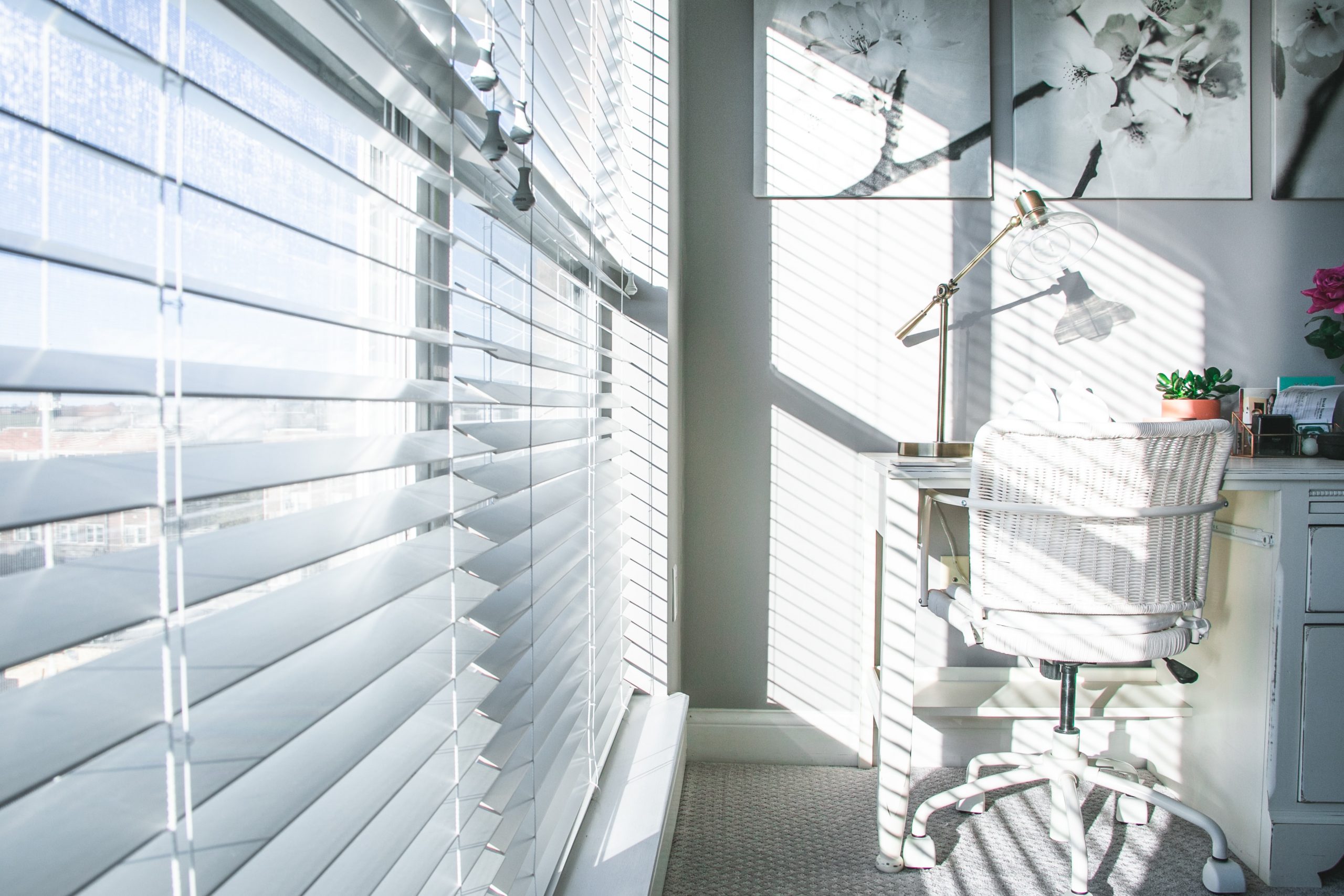What type of blinds look best in living room?
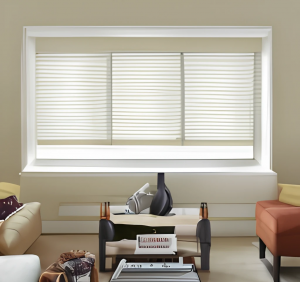
For a contemporary living room, sleek and minimalist designs like Venetian or vertical blinds with clean lines and neutral colors would be a good choice.
Roman blinds with bold patterns or colors can add a touch of drama and personality to the space.
For a traditional or classic living room, wood or faux-wood blinds with decorative details can enhance the elegance and warmth of the room.
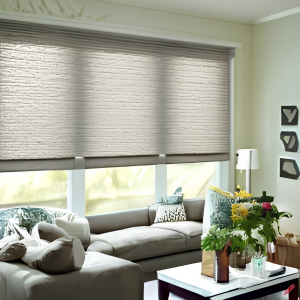
Soft and textured fabrics like those used in Roman or roller blinds can also add a cozy and inviting atmosphere.
Ultimately, the choice of blinds will depend on personal preferences and the specific needs of the room, such as light control and privacy.
But with so many options available, there’s bound to be a style of blinds that will suit any living room and make it look its best.
Can you have roller blinds in living room?
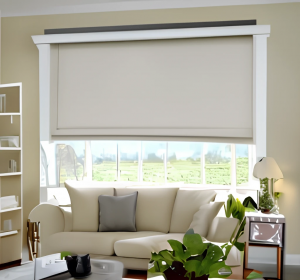
Absolutely! Roller blinds are a versatile and stylish option for any living room. Not only do they look sleek and modern, but they also provide practical benefits like light control and privacy.
Plus, with a wide range of fabric options available, you can customize your roller blinds to perfectly complement your living room decor. Whether you prefer a bold pattern, a subtle texture, or a blackout fabric for ultimate light-blocking, roller blinds can provide the perfect finishing touch to your living room.
So, don’t be afraid to roll with roller blinds!
Which blinds make a room look bigger?
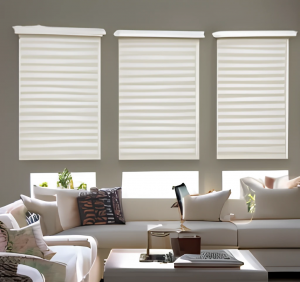
Ah, the age-old question of how to make a room look bigger! If you’re looking to visually expand your living space, there are a few tricks you can use to create the illusion of more room.
One of the easiest and most effective is to choose horizontal blinds or shades for your windows. The horizontal lines of the blinds draw the eye outwards, making the wall appear wider and the room feel more spacious.
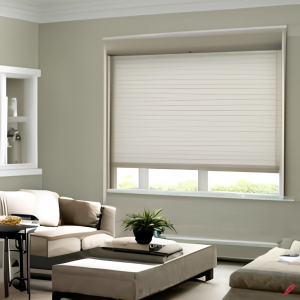
But it’s not just about the blinds – the overall design and decor of the room plays a big role too. To maximize the effect of your horizontal blinds, opt for a minimalist approach with fewer, larger decor items rather than lots of small knick-knacks.
And don’t forget to play with lighting! Adding a single, eye-catching pendant light can draw the eye up and create the impression of more vertical space.
So, whether you’re dealing with a tiny apartment or just looking to give your living room a more open feel, choosing the right blinds and decor can go a long way towards making your space look bigger and more inviting.
Should blinds be lighter or darker than walls?
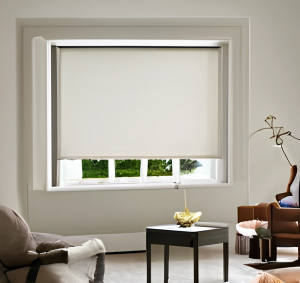
Choosing between lighter or darker blinds is a common dilemma when it comes to window treatments. The good news is that there’s no one-size-fits-all answer to this question, as it ultimately depends on the desired effect you want to achieve in your space.
One thing to keep in mind is that the blinds and walls should have a similar tone to ensure they blend well together. For instance, if you have a cool-toned room, consider blinds with cool tones to create a cohesive look.
If you want to create an illusion of more space, lighter blinds can do wonders. They make a room feel brighter and more open, drawing focus away from smaller areas and bringing attention to your preferred focal point.
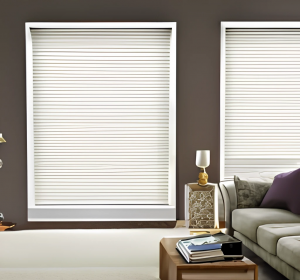
Light-colored blinds can also serve as a striking contrast against darker walls or floors, adding depth and dimension to your space.
On the other hand, if you’re aiming for a cozy and intimate feel, darker blinds can help create that atmosphere. They add warmth to a space and work particularly well in smaller rooms, making them seem larger.
Plus, when paired with tall windows and ceilings, dark blinds can enhance the grandeur of your space.
Ultimately, there are no hard and fast rules when it comes to choosing blinds color. Consider the look you want to achieve and choose blinds that complement your decor while fulfilling your practical needs.
What are the disadvantages of blinds?
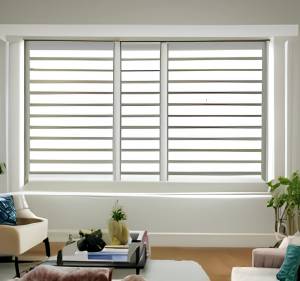
While there are definitely benefits to using window blinds in your home, it’s also important to be aware of their potential drawbacks.
First off, let’s talk about maintenance. While blinds can add a sleek and modern look to your windows, they do require a bit more upkeep than other types of window treatments.
Those tiny slats can quickly collect dust and dirt, so you’ll need to clean them more frequently than you would, say, a set of curtains. But hey, on the bright side, cleaning blinds can be a great way to flex those biceps!
Another downside to blinds is their insulating properties. Unlike thick curtains, blinds are not as effective at keeping out the cold in the winter or the heat in the summer. So if you’re looking to maximize your energy efficiency, you may want to consider pairing your blinds with some heavier drapes.
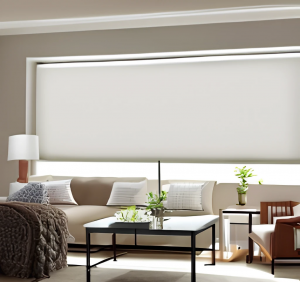
Speaking of the materials used to make blinds, it’s important to note that some types can be prone to damage. If you opt for aluminium or plastic blinds, for example, you run the risk of the slats getting bent or dented over time. And while wood blinds are sturdier, they can be a bit pricier.
Finally, we come to the issue of safety. While most blinds these days come with cord cleats or other child-safety features, it’s still important to be cautious if you have little ones around. Those cords can pose a strangulation risk if they become tangled, so be sure to keep them out of reach.
So there you have it: a few potential downsides to using window blinds in your home. Of course, these drawbacks may not be deal-breakers for everyone, and many people still love the look and functionality of blinds.
As with any home decor decision, it ultimately comes down to personal preference and what works best for your individual space.
Do blinds increase property value?
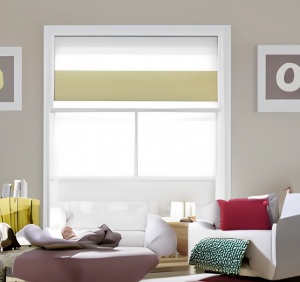
If you’re looking to add value to your home, you might be considering upgrading your window treatments. The answer to whether blinds increase property value is not a straightforward one.
Cheap plastic blinds won’t add much value to your home, but high-quality window treatments like plantation shutters or motorized shades can increase the desirability of your home and potentially add value.
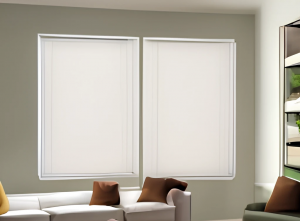
The key factors to consider are the quality, design, and functionality of the blinds. If they’re well-designed and provide a value-added function, they could make your home more appealing to potential buyers.
However, it’s important to keep in mind that the added value is more about the desirability of your home rather than a precise pound amount that can be calculated.
So, if you’re looking to upgrade your window treatments, choose ones that will complement your home’s decor and offer practical benefits to potential buyers.

